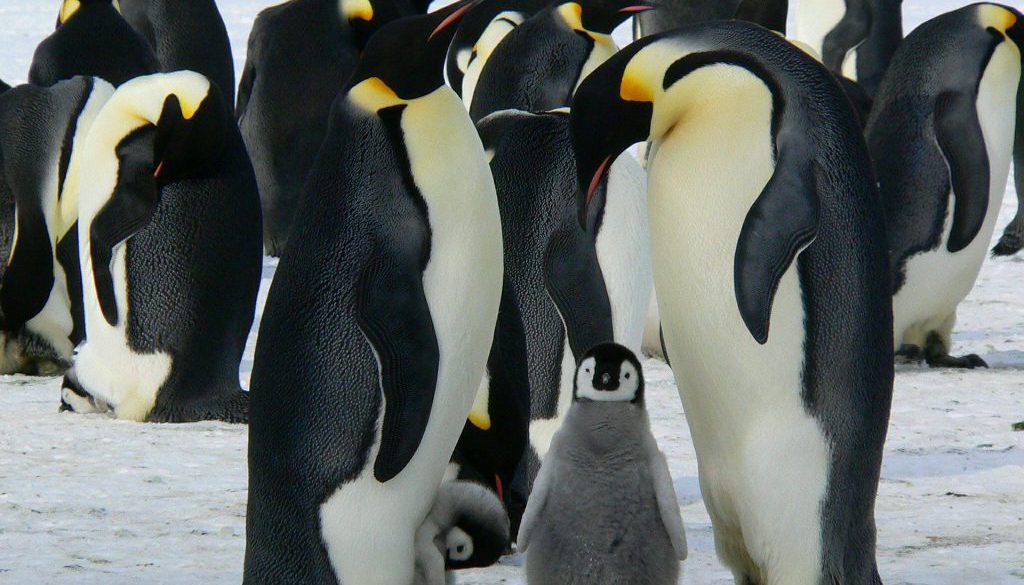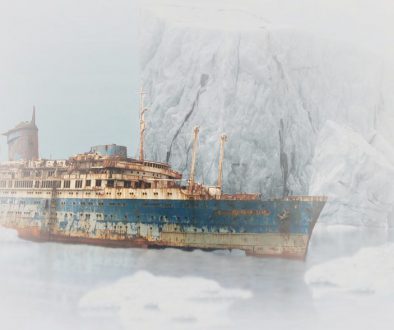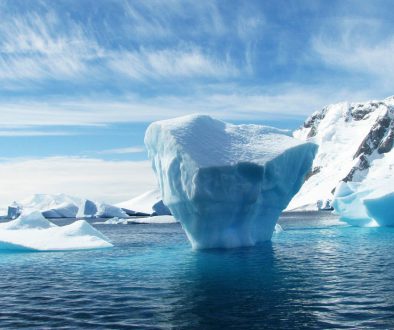Life in the Antarctic isn’t that abundant. Due to its environment, which is filled with ice, coldness, and darkness, it isn’t that a pleasant habitat to allow different animal species to live and strive. However, though the environment in this place is like that, there are still some animals that somehow survive the harshness of the place, as well as its climate. Apart from a few herbivorous creatures, most of the animals in the southern regions of this continent are more predatory in nature.
Antarctica’s Wildlife
Antarctica is a continent covered by snow and ice. This then concludes that plants have no room to grow and strive on them. Somehow, some grasses and mosses can survive the climate, but it is identified to be two species only. These two flowering plants are nearly nonexistent since this place’s harsh condition makes them hard to grow.
Water in this continent is an added concern since only phytoplankton can live in its freezing waters and gets energy from the sun. The krill then consumes phytoplankton as its main food away from bottom-dwelling creatures and zooplankton. Basically, this is a life summary of the Antarctic’s herbivore creatures. Moving forward, below are focused on the predators that inhabit the ice-cold temperature of this continent.
Animals living in Antarctica
For you to have an easier way of learning the animals that live on this continent, we already gathered an overview of the four prolific hunters in the continent. Aside from that, we also added additional animals that survive in this kind of place.
Seals
First, on the list, we have seals, and four types of them live in Antarctica. These four types are crabeater, southern elephant, leopard, and Weddell. All of these are slow predators that do hunting by patiently waiting on their prey to appear.
Most of the seals do not pay much attention to humans, yet the leopard seal does.
The leopard seal was named after its leopard-like spots and is known as an aggressive one when made an encounter with humans on small boats. This seal is a fierce predator and probably eats anything it finds. Though it attacks humans only in some instances, giving this type of seal a wide berth is the best thing to do.
Whales
When it is summer, the waters in the Antarctic are filled with different types of whales that are all looking for prey to eat, such as plankton, penguins, squid, and fish. One of the most traveller species of whales is the killer whale. This type of whale is an aggressive and ambitious one as it is focused on hunting sea birds, seals, and even other whales. These are powerful whales that can easily take down any creature despite its size. It also has an excellent speed used to hunt its prey.
Aside from that, killer whales work in groups that make it easy for them to catch and consume their prey. However, despite their aggressiveness on prey, killer whales are not known for attacking humans. There are only some instances, especially if the killer whales are captivated as it can harm their trainers. But generally, killer whales are no threat to human beings.
The remaining species of whales are mostly doing travel around the southern regions of the continent, such as the orca and the blue whale.
Penguins
Known as the Antarctic’s awkward creature and the world’s favourite, penguins eat krill and small fishes most of the time. Water us their original habitat, yet they rise on land to mate and wait for their chicks to hatch.
Although the penguins that inhabit the Antarctic never think of humans as prey or threat, paying caution when around them is still needed. They are not that shy when doing interaction with humans, but they can still bite and do harm just like a wild animal. Just be wise and treat them politely to keep things in good condition.
Bugs
Lastly, we have bugs. Tiny bugs are inhabiting the freezing continent as these can withstand its climate and temperature. These bugs are also higher in population, especially when it’s the hibernation season wherein they stand still and allow the blood to keep them warm. This is the mechanism that allows the bugs to make it until the summer has already come and for them to eat smaller bugs again.
Other animals in Antarctica
While Antarctica has no land animals, the ocean is rich as home to various animals that some Antarctica visitors might not see or expect to see. Here, there are albatross, orcas, blue whales, and so many more.
Albatross
This species of bird can be easily identified through its black brow and white head being its combination appearance. These giant birds have wide and long wingspan compared to any bird. Believe it or not but its wingspan can reach up to 11 ft. Moreover, since albatrosses can be seen most on the ocean and not on land, it uses its wings to dwell with the ocean breeze. It can easily glide and flap its wings to look for prey such as small fishes. One great thing about this bird is that it can live up to 50 years.
Orcas
Orcas o killer whales are also dominant in Antarctica’s waters. However, it isn’t considered as part of the family of whales. Instead, it is the toothed mammal called pods made as to the origin of this species. Just like the pods, orcas utilize their echolocation, which refers to the bouncing sound off of any object, to determine the location easily. These found locations can then be the potential meal of orcas, including fish, birds, squid, seal, and others else.
Blue Whales
Lastly, we have blue whales. This giant mammal can reach up to 120 tons with 100 feet as its length. One amazing thing about this animal is that its tongue can be compared to an elephant’s weight. It should be noted that while the blue whales can appear like true blue under, critics notice that these mammals are more like in mottled blue-grey colour. The underbelly area is in yellowish-like colour due to the microorganisms living in their skin.


